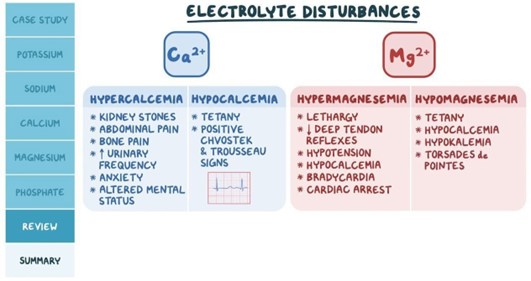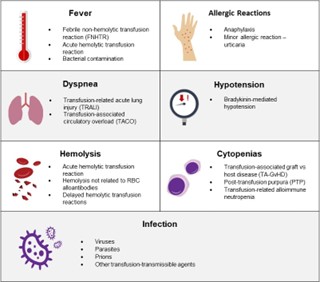The poison control nurse receives a call from the caregiver of a young school age child who may have ingested a poisonous substance. Which is the priority response by the nurse?
What do you think that the child might have ingested?’
’At what time did the child ingest the substance?'
‘Induce vomiting while you wait for emergency personnel to arrive.'
‘Check breathing and heart rate.’
The Correct Answer is A
In case of suspected ingestion of a poisonous substance, the priority response of the poison control nurse should be to assess the child's vital signs, especially breathing and heart rate, to determine if the child is experiencing any immediate life-threatening symptoms. This information will help the nurse determine the appropriate course of action, such as whether to instruct the caregiver to perform CPR or to immediately call for emergency medical assistance.
Asking about the substance ingested and the time of ingestion are also important pieces of information to gather, but they should not take priority over assessing the child's vital signs. Inducing vomiting is generally not recommended unless instructed to do so by a medical professional, as it can cause further harm if the substance ingested is corrosive or caustic.
Nursing Test Bank
Naxlex Comprehensive Predictor Exams
Related Questions
Correct Answer is ["A","B","E"]
Explanation
These are all electrolyte imbalances. Hyperkalaemia is an elevated level of potassium in the blood. Hypocalcaemia is a low level of calcium in the blood. Hyponatremia is a low level of sodium in the blood. Thrombocytopenia and anemia are not electrolyte imbalances. Thrombocytopenia is a low platelet count and anemia is a low red blood cell count or low hemoglobin levels.

Correct Answer is A
Explanation
Difficulty breathing is a sign of a potential transfusion reaction. When a client reports difficulty breathing during a blood transfusion, the nurse should stop the transfusion immediately to prevent the reaction from worsening. Once the transfusion is stopped, the nurse can then assess the client's vital signs and notify the healthcare provider of the client's response. Documentation of the findings should also be completed after the client's condition has stabilized. However, stopping the transfusion takes priority over documenting the findings.

Whether you are a student looking to ace your exams or a practicing nurse seeking to enhance your expertise , our nursing education contents will empower you with the confidence and competence to make a difference in the lives of patients and become a respected leader in the healthcare field.
Visit Naxlex, invest in your future and unlock endless possibilities with our unparalleled nursing education contents today
Report Wrong Answer on the Current Question
Do you disagree with the answer? If yes, what is your expected answer? Explain.
Kindly be descriptive with the issue you are facing.
